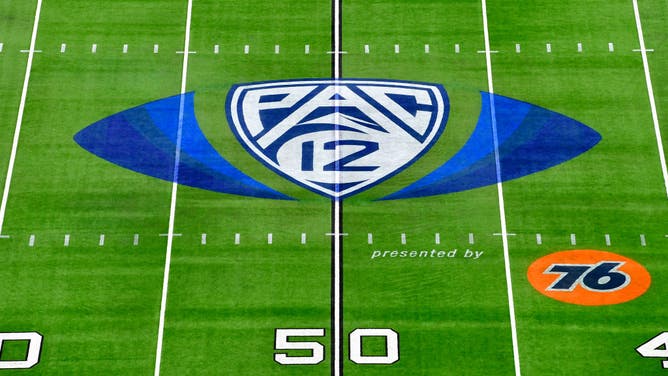Washington Huskies President Details Behind The Scenes Process Of Leaving Pac-12
The Washington Huskies were one of the schools to deliver the death blow to the Pac-12 Conference.
On a momentous Friday, Washington, Oregon, Arizona, ASU and Utah all abandoned one of the country’s oldest athletic conferences.
For a brief moment Friday morning, it seemed like the Pac-12 might be able to hold together, with the member schools meeting about the media rights deal presented by Commissioner George Kliavkoff. But that quickly evaporated as UW and Oregon pulled the plug by leaving for the Big Ten.
Now, Washington President Ana Mari Cauce has addressed some of the back room discussions that led to the dramatic decision.
Seattle Times reporter Mike Vorel covered Cauce’s comments.
“I have to say that this was heart wrenching,” Cauce said. “It was backwards and forwards, and there were moments when I thought it was going in one direction and then in another. In the end, we looked at the deal that we had — the only deal we had — and it was clear that it was not giving us what we thought. It was not the deal we had been discussing just days before, and it was not going to secure . When you have a deal where people are saying one of the best aspects of it is that you can get out of it in two years, that tells you a lot. We really needed to have the stability for our players, for our coaches, for our teams.”

LAS VEGAS, NEVADA - DECEMBER 03: A general view of the PAC-12 logo at midfield before the PAC-12 Football Championship football game between the Oregon Ducks and the Utah Utes at Allegiant Stadium on December 03, 2021 in Las Vegas, Nevada. (Photo by Alika Jenner/Getty Images)
Pac-12’s Endless Media Mistakes
It’s clear from Cauce’s comments that Washington, and likely other schools, felt that the streaming media deal was unacceptably bad. And they’re probably right.
The revenue offered was substantially lower than they’d receive in other conferences, even with UW and Oregon forced to take a discount from the Big Ten. Cauce also said that the deal wasn’t just money, with linear television exposure a clear priority.
“I want to be clear: this was not just about dollars and cents,” she explained. “This was about national visibility for our players, being on linear TV so they could be seen, so they could have the national exposure.”
Streaming services are inarguably the future, but there’s still tremendous importance placed on traditional networks. Not just by the institutions, but by players choosing where to play.
Quite simply, the Pac-12 handled their media rights as poorly as humanly possible. They failed to take advantage of opportunities under the previous administration and weren’t quick enough to pivot after receiving bad news on the LA schools.
That said, it’s still upsetting to see the Pac-12 collapse, considering its longevity and historic rivalries. The new era of college football has brought both good and bad changes, but at least it isn’t boring.